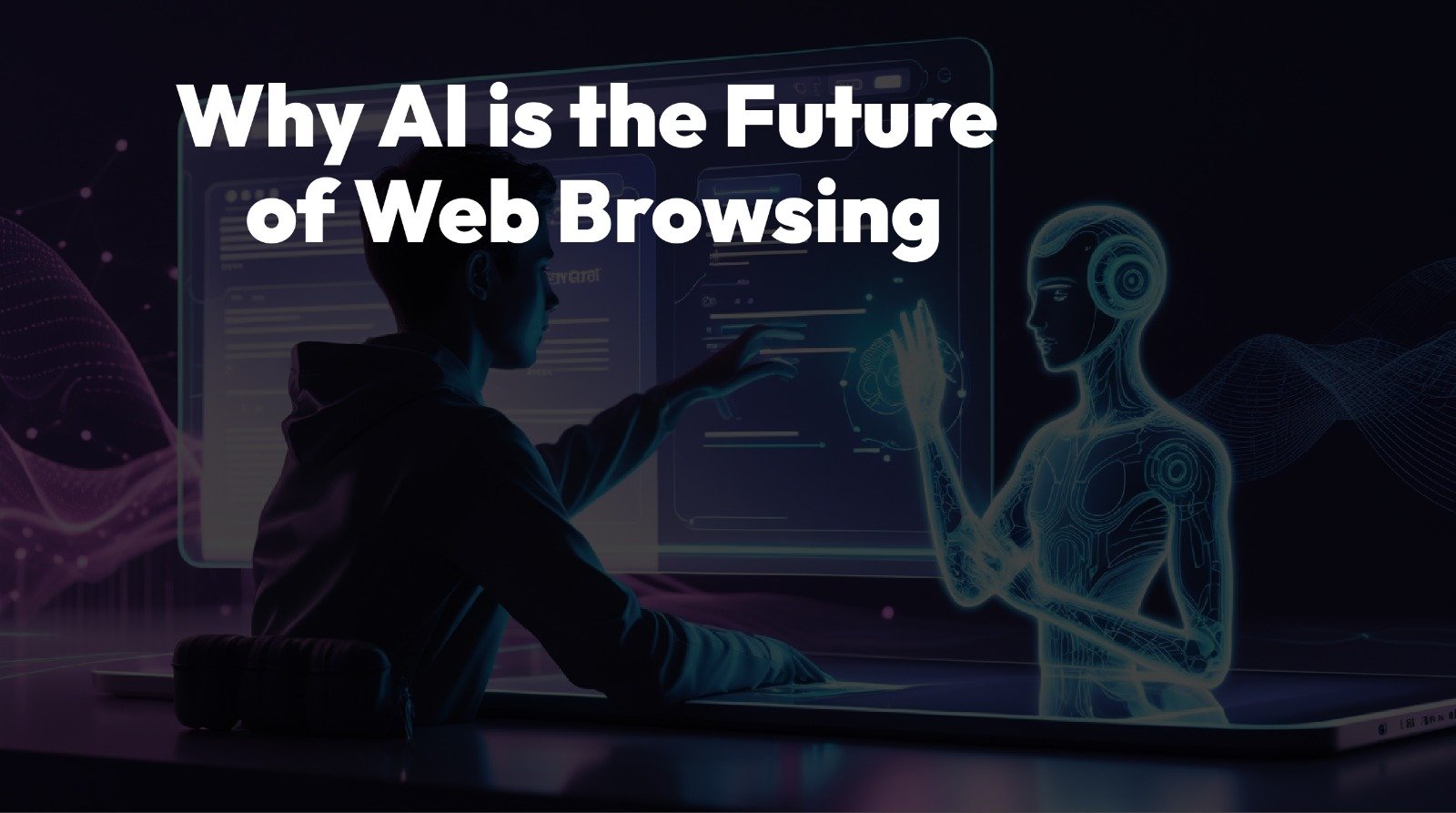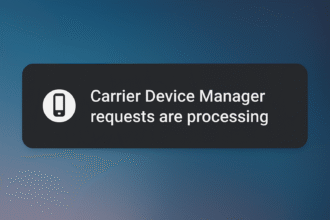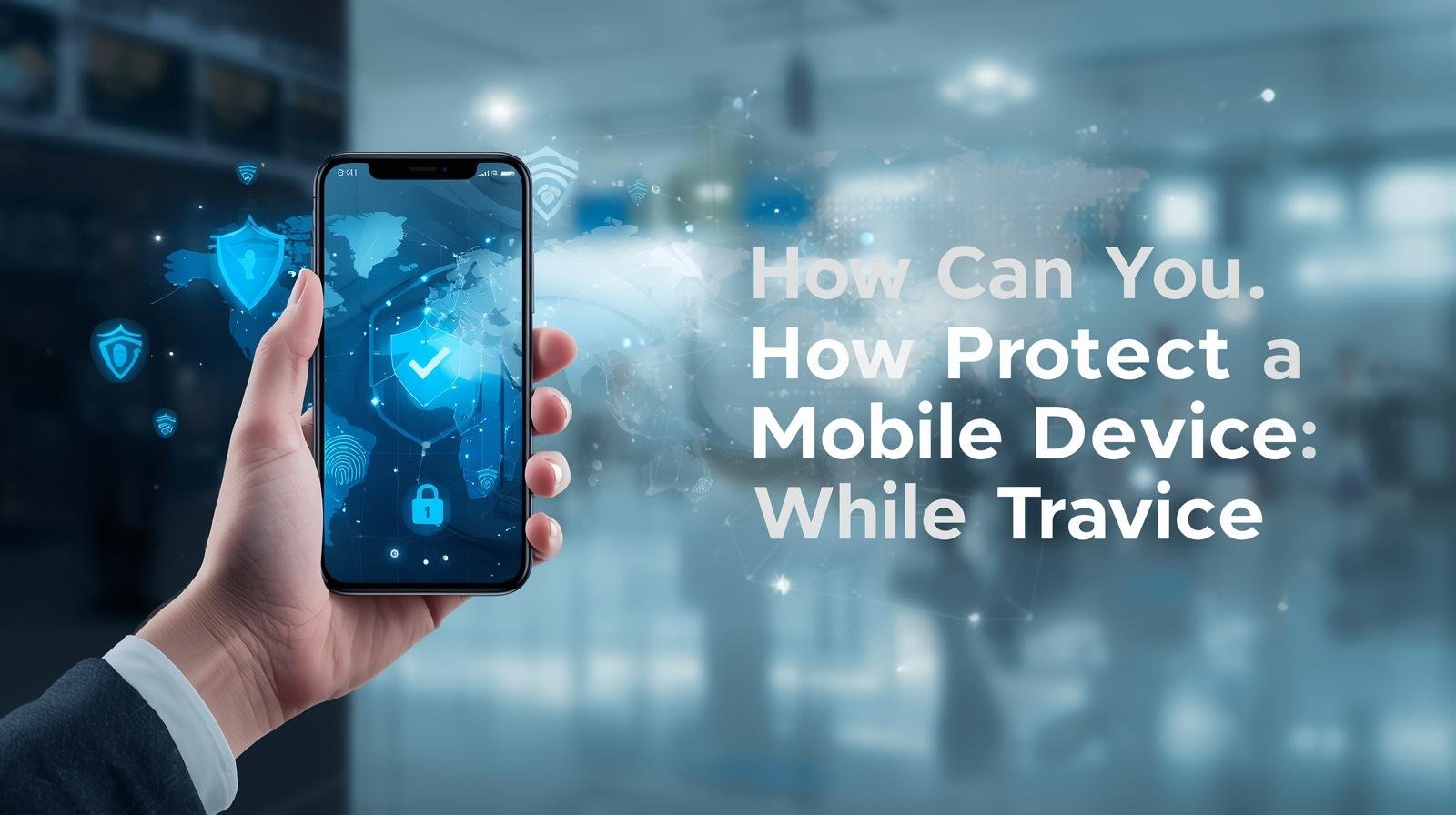The internet has changed the way (future of web browsing) we get information, shop, talk to each other, and have fun. But as the web grows at an incredible rate, it can feel like looking for a needle in a haystack to find exactly what you need. That’s when AI, or artificial intelligence, comes in. AI isn’t just a buzzword; it’s changing how we browse the web by making it faster, smarter, and more tailored to each user. AI is changing the way we search the web, from smart search results to predictive browsing and voice assistants.
In this article, we’ll go into great detail about why AI-powered browsing is becoming the norm and how it’s changing the way people and businesses use the internet.
Customised Browsing Experiences
One of AI’s biggest strengths is its ability to learn from user behavior. AI algorithms keep track of your interests, search history, and interactions when you browse the web so they can give you personalised suggestions.
For instance:
- Google and other search engines use AI to figure out what you’re looking for and show you the best results.
- AI helps online stores like Amazon suggest things you might want to buy.
- Streaming services like Netflix suggest films based on what you like to watch.
- This personalisation means you spend less time looking for things and more time enjoying things that are interesting to you.
2. Results that are smarter
Search engines no longer only look at keywords. Today, AI-based algorithms like Google’s RankBrain and BERT know what your search query means.
AI doesn’t just match words; it also looks at:
- Search intent
- Similar words and phrases
- What your question means
If you type “best laptop for graphic design under $1000,” for instance, AI will know that you want a product recommendation and will show you pages with reviews, comparisons, and buying guides before showing you generic laptop listings.
With this level of intelligence, users get search results that are faster and more accurate. This makes browsing the web more efficient than ever.
3. Search by voice and browse by conversation
Voice search is becoming a popular way to browse the internet thanks to smart assistants like Siri, Alexa, and Google Assistant. AI lets these tools understand natural language, so you can talk to them like a person instead of typing in keywords.
For instance:
- You don’t have to type “weather Dubai.” You can just ask, “What’s the weather like in Dubai tomorrow?”
- You can say, “Find me the cheapest flights to New York next month” instead of “cheap flights New York.”
- This move towards conversational AI is making web browsing more natural and hands-free, which is great for people who use their phones and do more than one thing at once.
4. Predictive Browsing
AI doesn’t just respond to what you ask; it can also guess what you want. Based on what you’ve done in the past and what’s popular right now, predictive browsing uses machine learning to guess what you’ll search for next.
Some examples are:
- Google Discover shows you articles that you might want to read without you having to search for them.
- YouTube will automatically suggest videos for you to watch based on what you’ve already watched.
- Online stores that guess what items you might want to buy.
- This proactive approach means less time looking and more time doing.
6. Search by picture and recognise pictures
AI is making it possible for people to do visual searches, which let them upload a picture to find things that look like it online. You can do things like this with tools like Google Lens:
- Find things in a picture
- Translate words in pictures
- Look for things that are like the things you see in real life.
If you see a pair of shoes you like in a cafe, just take a picture and AI will show you where to buy them online. This feature is changing the way people shop and look at things visually.
7. Faster and easier
For everyone to browse the web AI is making web browsing more open and accessible:
- Real-time translation of languages helps people talk to each other.
- Text-to-speech and speech-to-text make things easier for people with disabilities to use.
- AI-powered summarisers help you understand long articles better.
These changes make the internet easier for everyone to use, not just people who are good with technology.
8. How AI Works in Web Browsers
Microsoft Edge, Chrome, and Opera are all modern browsers that are adding AI directly to their features.
- Microsoft Edge now comes with AI writing tools.
- Opera has chat assistants in the sidebar that use AI.
- Chrome uses AI to come up with reading lists and summarise pages.
Soon, your browser might be able to do things like book tickets, plan your day, and find the best deals—all without having to open a lot of tabs.
9. Why Businesses Need to Change
AI in future of web browsing isn’t just a nice feature for users; it’s a game changer for digital marketing and SEO.
- It’s no longer just about keywords when it comes to content optimisation; it’s also about matching search intent.
- Analytics powered by AI can help you guess what customers want.
- Chatbots on websites can help get people more involved and get more leads.
People who keep up with AI-powered browsing trends will have a big edge when it comes to reaching their audience.
Conclusion
Artificial Intelligence is making the future of web browsing smart, personalised, and smooth. AI is making online experiences smoother by giving us smarter search results, voice assistance, better security, and visual search.
For regular users, this means that browsing will be faster, safer, and more fun. For businesses, it means new ways to reach out to people that feel personal and relevant.





